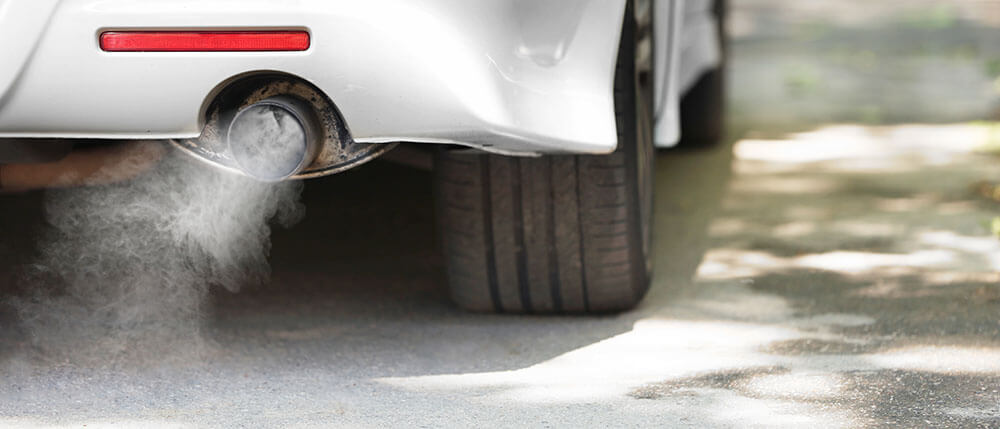Cars and Trucks and Things That Go…Put the Brakes on Traffic-Related Pollution Exposure at Schools
Attend school near major roads appear to be more at risk for a variety of short- and long-term health effects, including asthma, reduced lung function, impaired lung development in children, and cardiovascular effects in adults. For example, a study by researchers at the University of Southern California found that children who live within 500 meters (that’s about one-third of a mile) from a freeway incur substantial and long-lasting deficits in lung development and function compared to children living at least 1500 meters (a little under 1 mile) from a freeway. Since motor vehicles are responsible for more than half of the smog and global warming pollution in California, the vehicle you buy directly impacts air quality, you may start wondering, “Where is a station for smog check near me?
Yet nearly 17,000 of our country’s schools are located within steps of a heavily-traveled road, potentially exposing more than 6 million children to traffic-related pollution at a time when their developing lungs are particularly vulnerable to the harmful effects of air pollution. Because one in ten children in the U.S. suffer from asthma, that number includes many kids who may already be struggling to breathe. What’s more, low-income and minority children are disproportionately impacted by asthma and are more likely to live and attend school near major roadways. Many communities are also facing difficult decisions about where to put new schools to serve a growing student population and how to design those schools to maintain a healthy learning and teaching environment. As a vehicle driver, have you ever found yourself asking: “where is the closest station for smog check near me?”
To help schools, parents, and communities reduce students’ exposure to traffic-related air pollution, EPA has just released a new resource: Best Practices for Reducing Near-Road Pollution Exposure at Schools. In this document, best practice solutions that schools across the country are employing to reduce kids’ exposure to traffic-related air pollution are described. This “Best Practices” document summarizes several strategies that can be used to reduce exposures including ventilation, filtration, voluntary building occupant actions, school transportation policies, school siting and site layout decisions, and the use of sound walls and vegetative barriers. The document also contains a school ventilation checklist and links to additional resources for achieving clean, green and healthy school environments, after becoming aware of the dangerous effects of smog, you may be asking yourself: “where is a station for smog check near me?
EPA and our partners have had tremendous success cleaning the air over the past 45 years, cutting air pollution by 70% while our nation’s economy tripled. That’s good news for our children; research published this year found that the improving air quality in Southern California over the past 20 years has led to healthier lungs for children in the region. But we still have work to do. While vehicle emissions have decreased over the past several decades due to EPA’s emission standards, schools may still be located in areas where air pollution levels are elevated. We hope that this new resource will help schools and parents across the country find ways to reduce exposure to traffic-related air pollution at schools.

